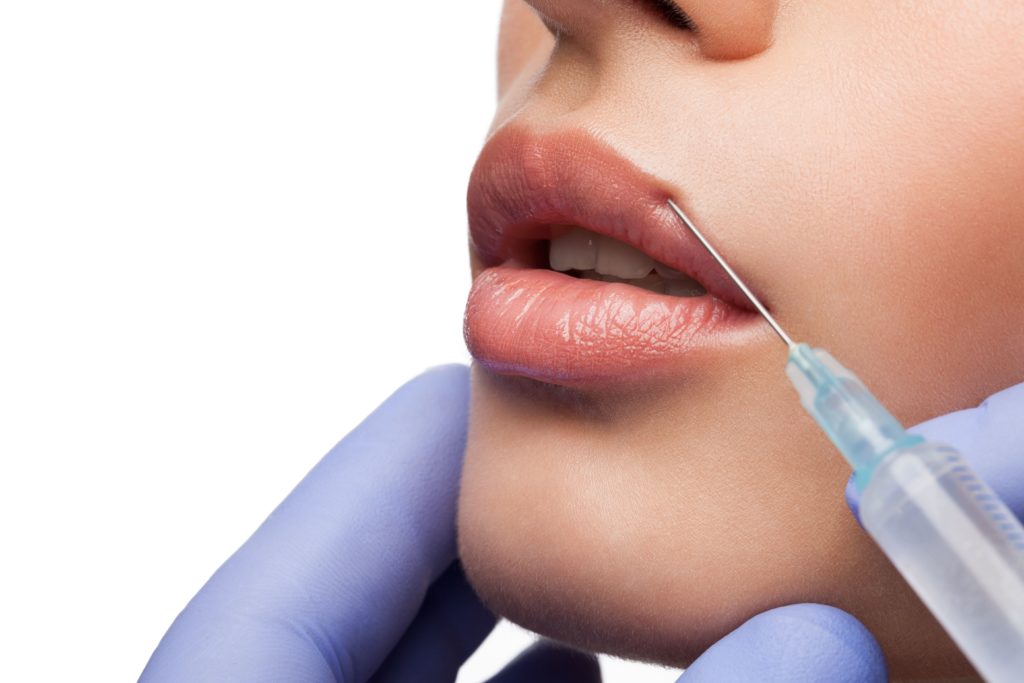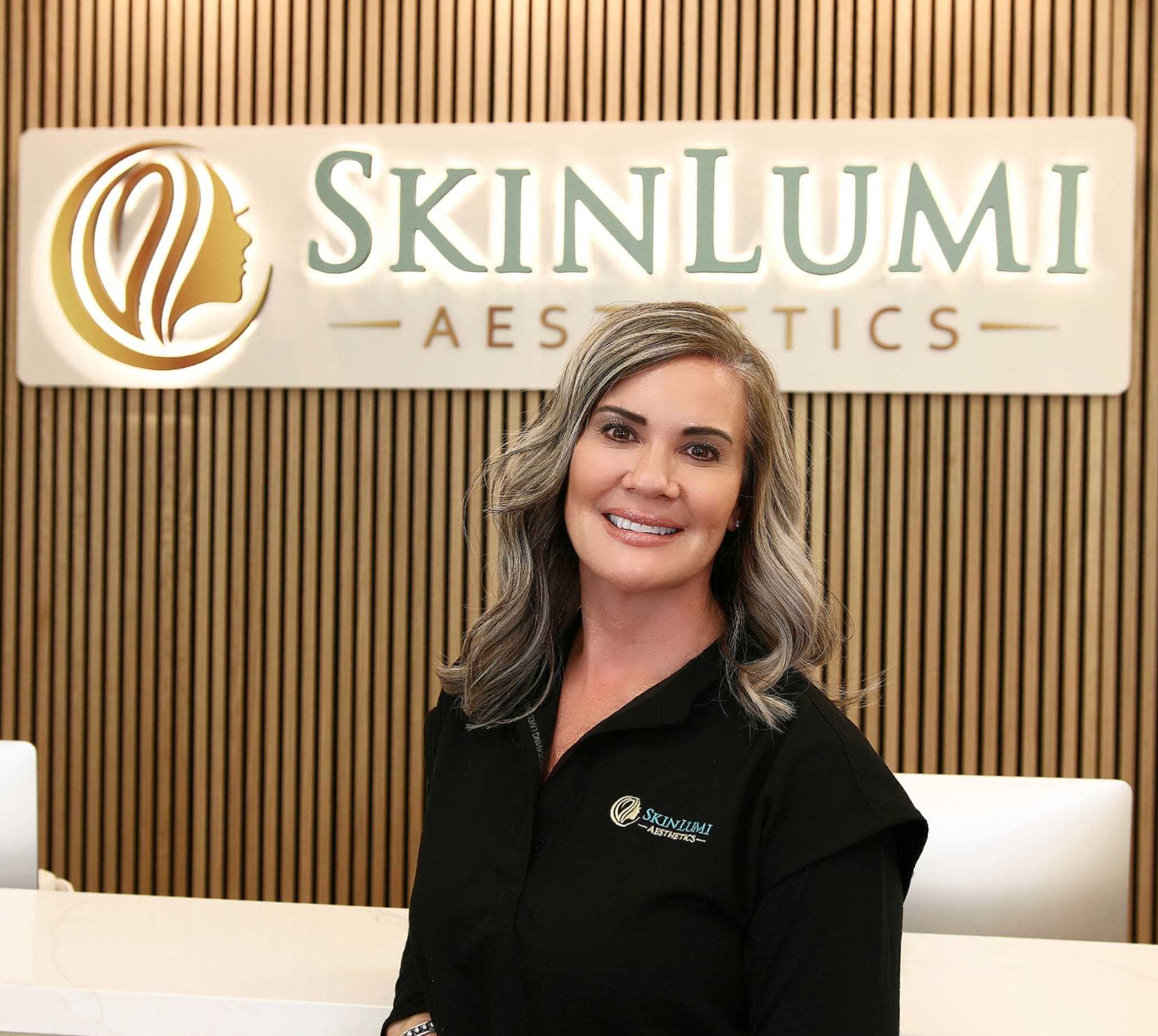Dermal fillers are today’s modern approaches to skin rejuvenation. These popular injections plump up wrinkles and smooth lines on your face. With several types of dermal fillers, healthcare providers usually inject dermal fillers around your eyes, mouth, and nose. Typically, this standard cosmetic procedure produces results immediately and can last months or years.
Today, let us learn more about dermal fillers and discover if these injectables are the best option for your skin issues and concerns.
What are Dermal Fillers?
A dermal filler is an injection type of nonsurgical cosmetic procedure. Dermal fillers plump up wrinkles and smooth lines and restore volume to your face. Doctors and healthcare providers inject these substances just under your skin.
People get dermal fillers to enhance their facial features or gain a youthful appearance. Dermal filler is an elective treatment that usually takes less than half an hour, with minimal recovery time. Results are seen immediately, lasting for months to years, depending on the filler’s type and location.
Several kinds of dermal fillers are available nowadays. Skin experts will discuss all available options with you. Risks such as bruising, bleeding, and infection can occur with all cosmetic procedures. Generally, health insurance plans don’t cover dermal filler injections, considered elective cosmetic procedures.
Dermal Fillers and Their Use
Our bodies start to lose collagen as we get older. Collagen is an essential substance all over your body, including skin, muscles, bones, and connective tissues. When collagen amounts decrease in our skin, it causes skin laxity (loose) and volume loss. Moreover, our skin begins to get thinner, lose elasticity, and starts becoming saggy.
Usually, dermal fillers are chosen to:
- Add volume to sagging skin.
- Make your facial features more symmetrical.
- Plump up lips and cheeks.
- Smooth wrinkles and creases on your face.
Nowadays, some medications are prescribed to treat conditions like HIV and AIDS, causing eventual facial thinness. Some people get dermal fillers to restore volume to their faces after taking these medication types.
How Common are Dermal Fillers?
Nowadays, dermal fillers are very common. Annually, more than 3 million people in the United States choose to get dermal fillers.
Types of Dermal Fillers
Today’s cosmetic market scene offers many dermal filler types. Aside from the “off-the-shelf” fillers that use artificial materials and substances that our bodies naturally produce, doctors or healthcare providers can utilize fat from the patient’s body. Skin experts call this fat utilization process “autologous fat grafting.” This procedure involves the removal of fat from one part of your body and injecting it into your face. The types of off-the-shelf fillers include:
- Calcium hydroxylapatite (CaHA) – are dermal fillers that consist of substances in our bones. Typically, the results from these fillers last around a year. Skincare professionals usually use CaHA fillers for deeper wrinkles. Examples of CaHA fillers include Radiesse.
- Hyaluronic acid (HA) – are naturally occurring acid in our skin. HA gives our skin its volume and maintains its hydration levels intact. As we age, our bodies stop producing hyaluronic acid. HA injection results usually last six (6) months to a year. A commonly used type of HA filler nowadays is called Restylane.
- Poly-L-lactic acid (PLLA) – is a substance that helps your body create collagen. Usually, healthcare providers use poly-L-lactic acid in smoothening deep facial wrinkles. Results from PLLA dermal fillers can last two years or more. Types of PLLA fillers include Sculptra.
- Polymethylmethacrylate (PMMA) – are fillers consisting of collagen and tiny balls that remain beneath the skin after doctors or healthcare providers inject them into the skin. These so-called balls give the skin its volume and keep it regularly firm. Bellafill is a type of PMMA filler available in the market today.
Doctors and healthcare providers will review dermal filler types and discuss the right option for you. Talk to these skincare experts about setting realistic goals and the results you can expect after getting injections.
What Happens During Dermal Filler Procedures?
Typically, patients can get dermal fillers in their healthcare provider’s office. Some people get dermal fillers in a medical spa (also called a medspa or medispa). A medspa is also considered a medical clinic, administering cosmetic procedures in a spa-like setting. Doctors and healthcare providers clean the skin and may apply lotions or creams with their preferred anesthetic. The anesthetic numbs the area so that the treatment will be more comfortable.
Using thin needles, these skin experts inject small dermal filler amounts underneath your skin. These needles will pinch or sting. However, most people claim not to experience much pain while administering these injections. Practitioners may inject the fillers in several areas, with the entire process lasting from a few minutes to an hour.
Benefits of Dermal Fillers
Many people see the immediate results from dermal fillers. These injectables usually take less than an hour and can be delivered to your practitioner’s office. Since it’s a nonsurgical treatment, recovery time from dermal fillers is minimal.
Furthermore, based on the dermal filler type, results last for months, even up to years. Some dermal fillers work for more than two (2) years. Also, dermal fillers are typically less expensive than elective surgical procedures.
Risks or Complications of Dermal Fillers
Serious complications are rare, with some side effects only temporary and fading away naturally. However, as with any cosmetic surgery procedure, there are risks. They include:
- Asymmetrical appearance.
- Bleeding, bruising, redness, pain, and swelling.
- Damage to your skin can cause scars.
- Infection can lead to severe necrosis (death of the infected skin).
- Lumps or bumps under your skin.
- Numbness.
- Acne-looking pimples.
- Rash and itching.
Rarely do people have vision problems following dermal filler injections. If you have eyesight problems, weakness, discomfort, or pain on one side of your body, get immediate medical help.
Recovery Time After Getting Dermal Fillers
Everyone’s recovery time is different. Your recovery time depends on the following:
- How many areas has your healthcare provider treated?
- The type of filler you got.
- Your overall health.
Most people can return to their activities after receiving dermal filler injections. Doctors or healthcare providers may recommend taking a break from rigorous exercise or physical activity for a day or two.
Final Takeaways
Dermal fillers smooth wrinkles and restore volume to sagging skin. Many people choose to get these injections because results are noticeable immediately and recovery time is minimal. As with any elective cosmetic procedure, there’s a risk of side effects. Talk to your trusted skincare expert about the risks and benefits of the best dermal filler type they can administer for you.
Are you interested in dermal fillers? Our great friends at SkinLumi Aesthetics can help you today.







